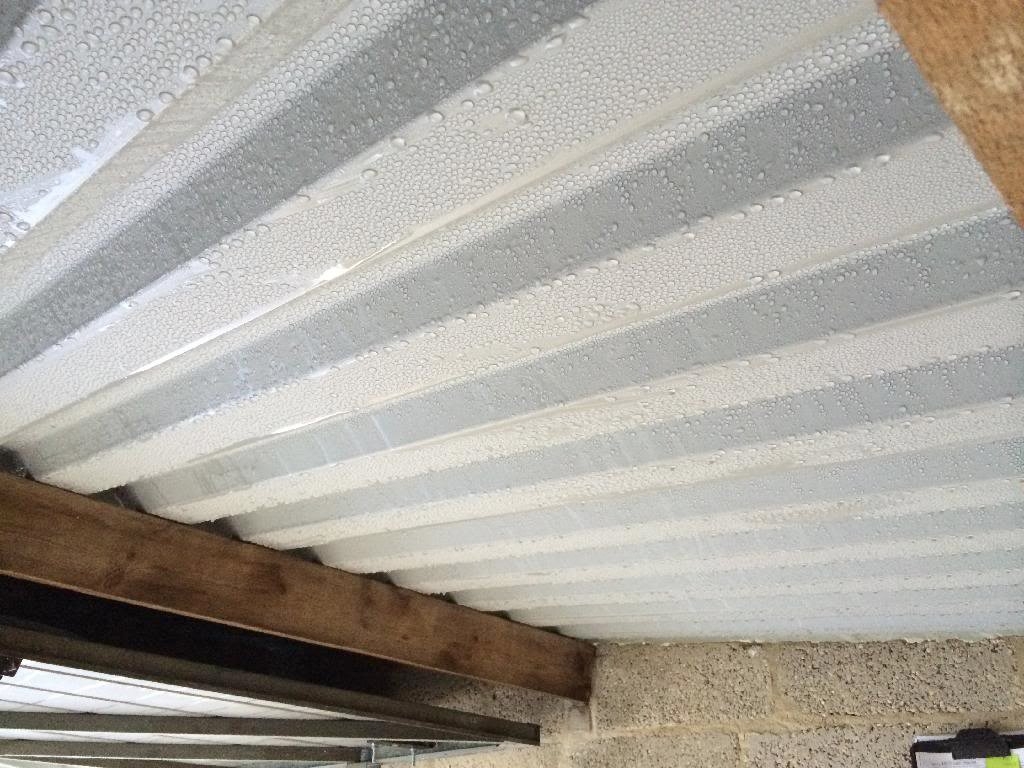 Condensation in roofs has turn into more of an issue as we eliminate draughts in our homes and introduce more insulation. It is often related to older style resistant roofing felt which has been here and there since the 1930s although breathable membranes, which were presented in the 1980s, are not exempt in some situations.
Condensation in roofs has turn into more of an issue as we eliminate draughts in our homes and introduce more insulation. It is often related to older style resistant roofing felt which has been here and there since the 1930s although breathable membranes, which were presented in the 1980s, are not exempt in some situations.
Both of these materials accomplish a number of functions:
- To offer momentary weatherproofing to the structure before the main roof covering is fitted (membranes can usually provide a couple of months of defense to direct contact to the elements)
- A subordinate barrier to snow and rain which is propelled under the roof covering by the wind
- Averts potential pests like birds and insects from going in the roof through small gaps.
Regardless of its benefits, old-fashioned style roofing felt can cause an unwelcome side effect, condensation in the roof which can cause the decaying of timbers and damp emerging on ceilings. Roofing felt is resistant to water so it will not allow moisture to discharge from the roof.
Breathable membrane does allow water vapors to outflow from the roof space but if other conditions are operating against it then it may not be adequate on its own to stop condensation.
Condensation problems
Nowadays condensation difficulties are well grasped and most new homes are planned with appropriate ventilation to prevent condensation happening. However, in houses 20 to 80 years old this can be a possible problem, mainly with the current drive to insulate houses by placing thick coats of thermal insulation in lofts and to decrease air infiltration by preventing draughts. The loft insulation implies that the roof space is cooler than before which boosts condensation in the roof. Fitting of a wood burning stove has also been mentioned as a cause, as the wood burner seems to offer a “thermal” in the house, aiding all the moist air to upswing faster.
The warm moist air passes in the roof space via gaps in loft hatches or where bathroom sanitation goes through the roof space. When it strikes the cold air in the roof space it condenses on the closest cold surface, the roofing felt. It can be difficult to locate the exact spot triggering difficulties as once water condenses it can then flow down the rafters and develop damp spots away from the initial source of the trickle.
Solution
The answer to condensation in roofs is up-front. Prevent moist air from inflowing into the roof space and confirm there is satisfactory ventilation and air flow in the roof space.
In new houses you can often witness roof vents fitted in the roof. These are usually for extractor fan openings rather than for airing the roof space.
A roofer such as Roofing contractors canton Michigan (for more information click here) will be able to advice on the best ways to enhance the roof space ventilation and avoid condensation in roofs.
